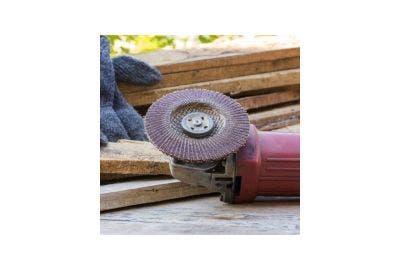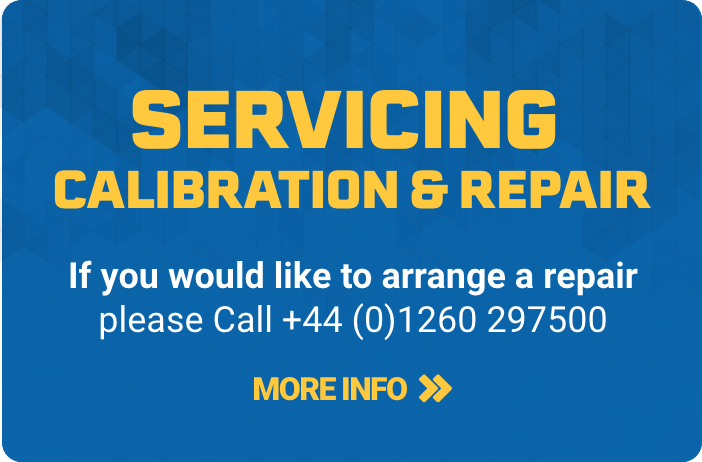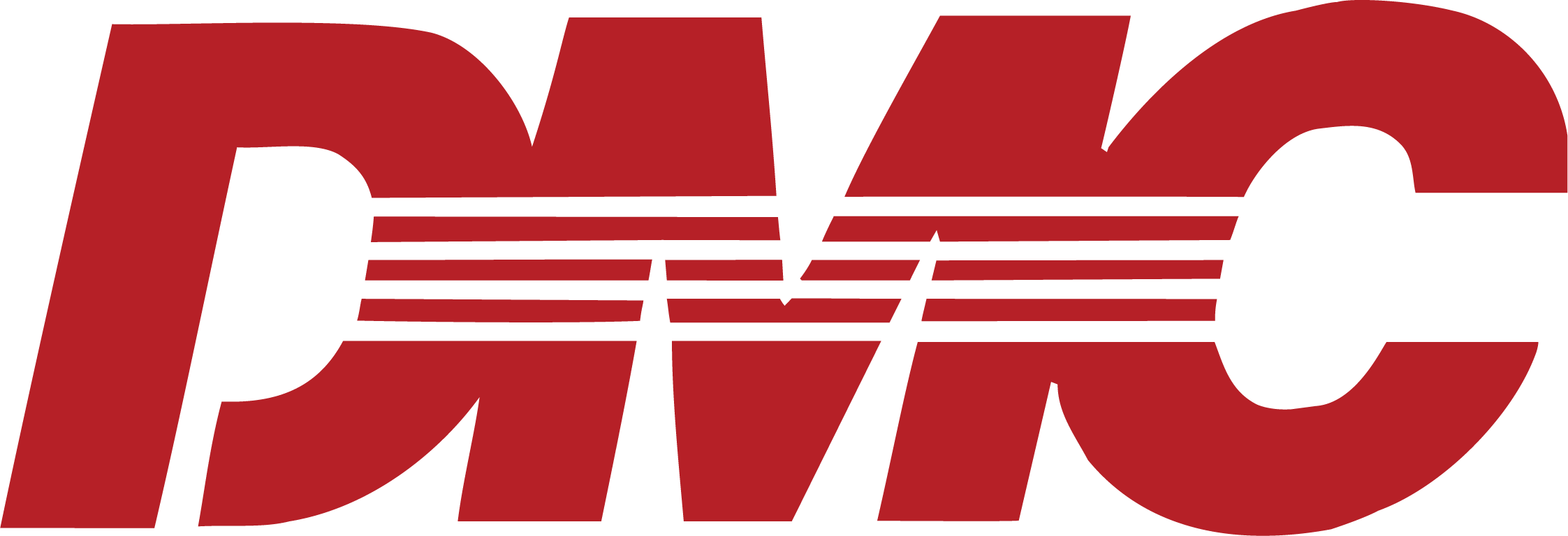If you use an angle grinder regularly—whether for cutting metal, smoothing concrete, or cleaning up rust—your disc does most of the heavy lifting. But like any tool, it doesn’t last forever.
A worn or damaged disc isn’t just slower and less precise—it can also be dangerous. Cracks, vibrations, or expiry dates long forgotten are all signs it’s time to swap it out.
In this guide, we’ll walk through what to look for, how different discs wear out, and the simple checks you can do to stay safe and keep your grinder working at its best.
Why Disc Condition Matters
Every time you fire up your grinder, the angle grinder disc spins at thousands of revolutions per minute. That speed is what makes the tool so effective, but it also means that any weakness in the disc can lead to sudden failure.
Here’s why replacing a worn or expired disc isn’t something to put off:
1.Safety Comes First
Damaged discs can crack or break apart mid-use, especially under pressure. That can send fragments flying—fast enough to injure, or worse. Even something as small as a chip can become a weak spot under load.
2. Poor Disc Condition Affects Your Work
A blunt, glazed, or uneven disc means more friction, slower cuts, and more heat. That can damage the material you're working on—and your grinder’s motor too.
3. Control and Comfort Take a Hit
Vibrations from worn discs don’t just make cuts harder to guide—they also wear you out faster and increase the risk of mistakes or slipping.
Keeping your disc in good shape isn’t just about performance—it’s about doing the job safely, smoothly, and with less effort.
Types of Angle Grinder Discs (And How They Wear)

Different discs are built for different jobs—and they wear out in different ways. Knowing what kind of disc you’re using helps you spot wear signs early and replace it before it becomes a problem.
1.Grinding Discs (Grit Discs)
Used for shaping metal, sharpening tools or prepping surfaces for welding.
How they wear:
The abrasive surface dulls over time, becoming smooth and shiny. You may notice slower grinding, more resistance, or excessive sparks. Edge chipping or cracking also means it's time for a swap.
2. Cutting Discs
Typically thinner and designed to slice through metal, masonry or tiles.
How they wear:
They lose diameter gradually and older discs often cut slower or generate more heat. Chipping around the edge or flexing under pressure is a red flag.
3. Diamond Cutting Discs
Ideal for harder materials like concrete, granite or ceramic.
How they wear:
Diamond segments may smooth down or glaze over. If it starts to feel like you’re pushing too hard or the disc vibrates unexpectedly, it's likely time for a replacement.
4. Paint & Rust Removal Discs
Non-woven or coated surfaces for stripping old finishes.
How they wear:
The abrasive surface thins out and stops removing material efficiently. The disc may also load up with debris or wear unevenly.
5 Signs It’s Time to Replace the DiscWhen to Replace Your Angle Grinder Disc
Even if your disc looks alright at a glance, there are several ways it can let you know it’s reaching the end of its life. These signs usually show up in performance, sound, feel, or all three.
1. Excessive Vibration During Use

If your angle grinder starts to shake more than usual, especially at the disc, it’s a strong indicator something’s off. While a little vibration is normal, a wobbling or unbalanced feel usually means:
- The disc is chipped or cracked
- It’s been worn down unevenly
- It’s not mounted correctly
Stop immediately and check the disc – continuing can damage your tool or injure you.
2. Slower Cutting or Grinding Performance

If you're having to push harder, or if cuts that used to take seconds now drag on, chances are the disc has dulled. A fresh disc should:
- Cut cleanly with minimal pressure
- Produce consistent sparks
- Not struggle with familiar materials
Signs to watch for: More heat, more resistance and more effort.
3. Unusual Noises While Running

Rattling, squeaking, or grinding that doesn’t match the material? That’s a red flag.
Common causes:
- Loose mounting or worn flanges
- Hairline cracks in the disc
- Debris lodged in the housing
Always unplug the tool and inspect it closely if you hear anything unexpected.
4. Visible Damage or Wear

A quick visual inspection can reveal:
- Cracks or notches near the centre hub
- Chips or irregular edges
- Discs worn down close to the label
- A smooth, glazed-over surface that no longer grips
Tip: Never touch the edge of the disc to test sharpness—gloves or a visual check are safer.
5. Expired or Missing Expiry Date

Many discs, especially resin-bonded cut-off wheels have a shelf life. Over time, the bonding agents degrade, which can lead to sudden failure even if the disc looks fine.
How to check:
- Look for a date like “EXP 06/25” printed or etched near the centre hole
- If the label’s worn off or missing, it’s safer to replace the disc
Quick Checklist: When to Replace an Angle Grinder Disc
Vibrating more than usual? Might be cracked, chipped, or worn unevenly.
Slower to cut or grind? Disc could be dull, glazed, or losing its edge.
Making strange noises? Could indicate loose parts, internal damage, or a worn mount.
Visible cracks, chips or heavy wear? Time to replace before it fails under load.
Expiry date passed (or unreadable)? Replace it. Bonding agents can break down over time.
Bonus Tip: Always unplug your grinder before inspecting or replacing a disc. If it’s cordless, remove the battery.
Best Practices for Disc Care
A well-maintained disc not only lasts longer but performs better and keeps you safer. Here’s how to store, handle, and dispose of them properly.
1.Store Discs in a Dry, Stable Environment
Moisture and temperature swings can degrade the bonding material, especially in resin-based cut-off wheels. Keep them in:
- Original packaging, if possible
- A sealed container or drawer
- Away from direct sunlight or sources of heat
Stack them flat to avoid warping, especially with larger discs.
2. Inspect Discs Before Every Use
Don’t just grab and go. Before mounting any disc, check for:
- Surface cracks
- Flaking
- Worn-down centres
- Loose labels that may hide expiry dates
This takes seconds and can prevent serious tool failure.
3. Handle with Care
Discs can chip or weaken from drops or knocks, even when new. Always:
- Transport them in padded containers or wrapped in cloth
- Avoid banging them on hard surfaces
- Mount them with clean hands and a steady grip
4. Dispose of Discs Safely
Once worn or damaged, don’t throw them straight in with general waste. Wrap them or store them in a secure box before disposal, especially if cracked, to avoid injury later during handling.
Check with your local recycling centre for guidance on disposing of bonded abrasives or metal-backed discs.
Need a Replacement?
If your current disc is showing signs of wear, or you're simply not getting the performance you expect, it might be time to upgrade.
Heamar stocks a wide selection of angle grinder discs and power tools, so you can find the right solution for your next project, whatever the material, finish, or cut.





























